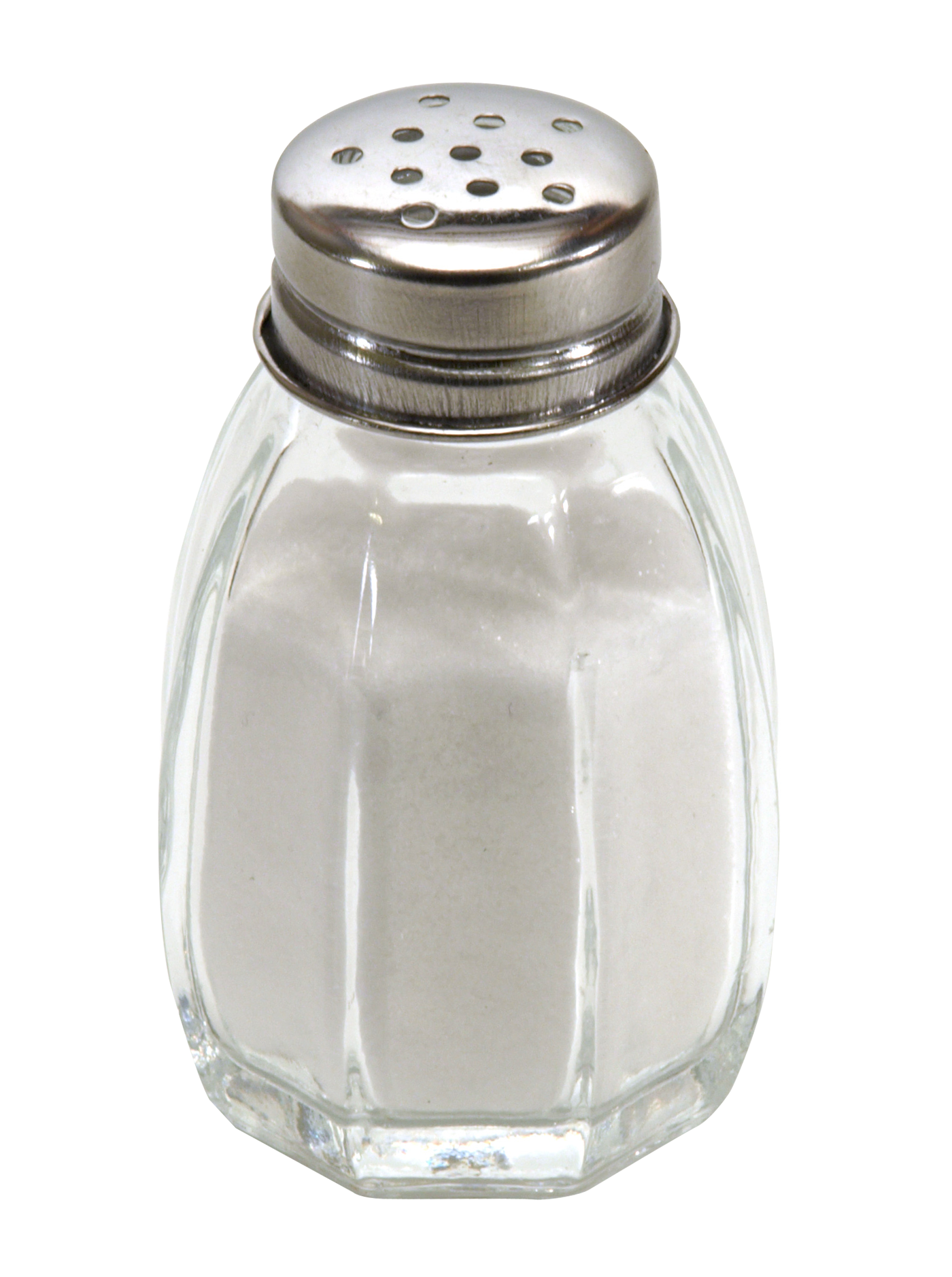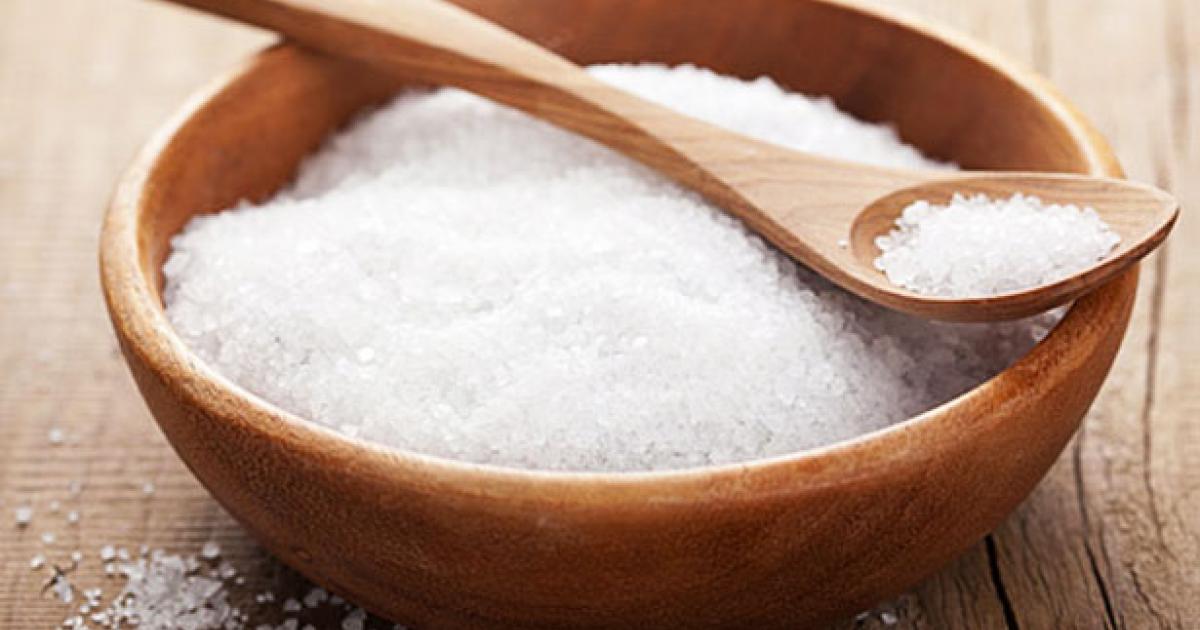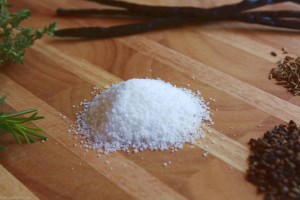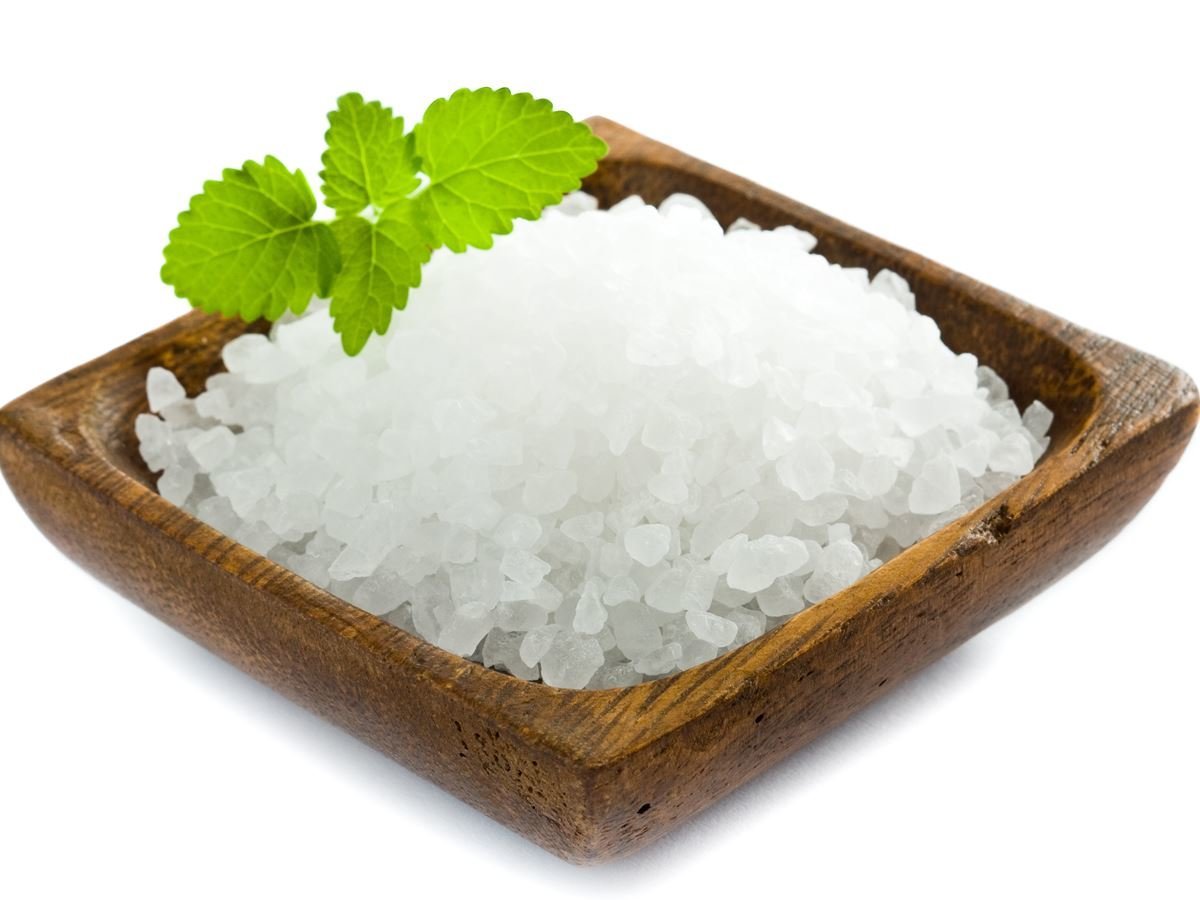Did you know that canning salt and pickling salt are the same thing? They are the same product used for different purposes (canning vs pickling). The end result is a storable food that can be safely put away for months and sometimes longer periods of time before being consumed.
Canning involves non iodized salt and has been done this way for thousands of years. Meats and other food stuffs have been stored and dried using non iodized salt as the curing agent in order to allow the food to stay edible for long periods of time. Use of a non iodized salt helps the process by preventing color change to food that might make it unappetizing in appearance. Additionally, non iodized salt used in canning does not have anti-clumping additives that are found in many common table salts – these are not needed for canning.
In order to pickle food you submerge in into a brine. Brine is simply water that has been heavily saturated with salt; in this case the salt used contains no iodine. Once the solution is made, generally to taste, the food to be pickled is submerged into the brine and covered with an airtight lid. The process of pickling the food takes a variable amount of time, dependent on the type of food.
If you don’t have pickling or canning salt readily available you can substitute Kosher salt. This ensures that you have the non iodine type of salt and most likely you will also not have the anti-clumping additives (check the label). The reason you might want to get actual pickling or canning salt is that these are finely milled in order to make the brine easily; water saturates with salt that has been milled into finer particles more quickly when compared to larger and more coarse grained Kosher salts, sea salts, or other non iodized salts.
If you want to see the actual difference that can result from regular table salt and non iodized salt you should try the following. Find a mason or other clear jar with an air tight lid. Wash and rinse the jar and lid. Fill the jar 3/4 full with room temperature water and slowly pour table salt into the jar while mixing with a fork or spoon. As soon as you begin to see salt accumulate on the bottom you know that the water is saturated and you should stop adding salt. Put in a few small cucumbers or other vegetables and close the lid. Let the jar sit in a cool area for a few days and then note the disticnly different color from store bought pickles and other pickled or canned food. Note: this is for observing the difference in color only, do not eat the resulting pickled food.






